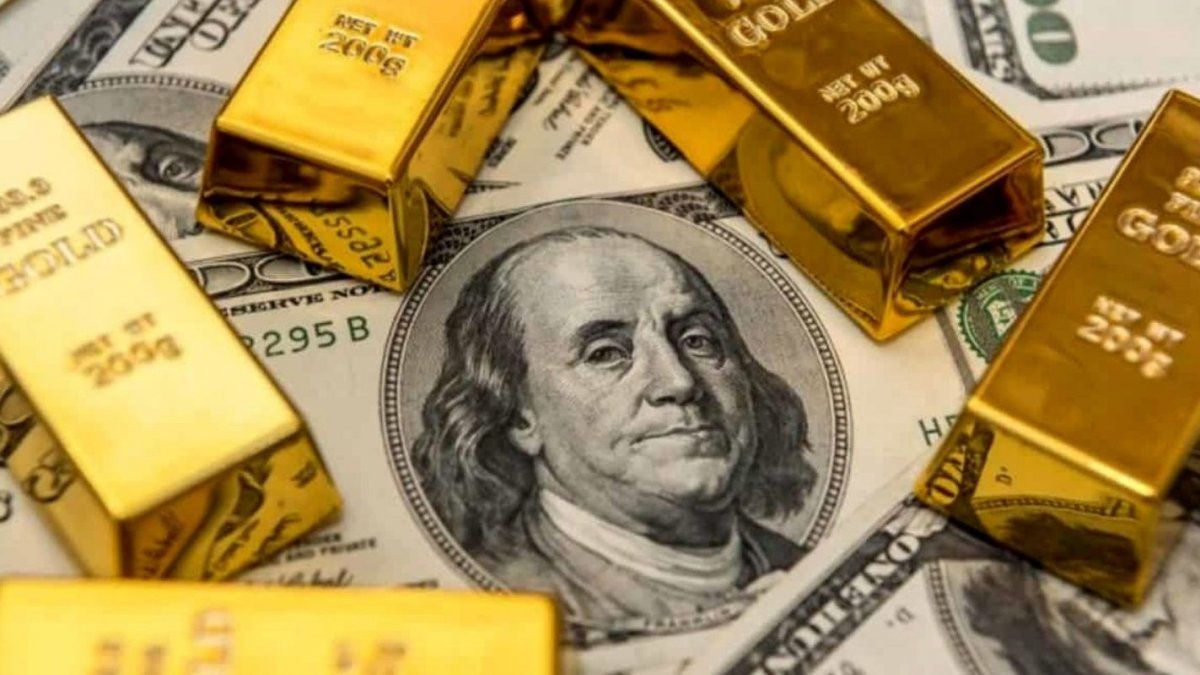The Central Bank recognized This Monday, through a statement, who transferred part of the gold from his reserves to other accounts owned by him. Thus, although it was not explicitly stated in those terms, it was the first official confirmation by the monetary authority that shipments of precious metal bullion abroad did indeed exist. Beyond that, The BCRA failed to provide any information regarding the amount, destination or purpose of these operations.
The confirmation comes days after the entity chaired by Santiago Bausili denied the requests for access to public information on this issue that had been made by the national deputy and general secretary of La Bancaria, Sergio Palazzo. In the same spirit of that refusal to provide details on the movements of a key asset for monetary and exchange stability, today it limited itself to highlighting the confidentiality of these gold transfers. It only clarified that ended planned shipments.
In a brief statement, he said: “The Central Bank successfully completed transfers of part of its gold reserves between its different accounts. The BCRA’s Organic Charter and Law 23,928 delegate the daily administration of reserves to this monetary authority, which include not only gold, but also foreign currency and other external assets.” And he stated that “for more than a decade, the BCRA has maintained the same management options for its gold reserves, both in physical format (bars and ingots) and in electronic format (accounts abroad).”
How much gold is there in the reserves?
The monetary authority stressed that the transfers “do not alter the total volume of the gold reserves” and recalled that they remain equivalent to approximately US$4.981 millionas published in the balance sheet of last August 23.
Until now, the only admission of the movements of gold in the reserves had come from the minister Luis Caputowho in an interview had said that they were carried out to obtain “a return” financial reserves that could not be obtained if the precious metal remained in the BCRA’s vaults. However, until now, the entity responsible for managing the reserves had not made any statement.
Gold, reserves and secrecy
In any case, the Central Bank’s policy remains to not provide any details on these movements. And in The statement attacked those who spread the existence of these operations and those who sought to access information about them..
“The BCRA expresses its concern about the irresponsible dissemination of information, for political purposes, related to these operations before their completion because it put the security of the assets of all Argentines at risk,” the entity stated. However, now that it has confirmed that it has completed the gold transfer process, it has not provided any further details.
“Information on the administration of The BCRA reserves have always been handled confidentially “in an effort to preserve its security. Both the National Audit Office and the relevant control bodies maintain access to this information under the same cloak of confidentiality,” he said.
In the same spirit of secrecy, on August 15, the Central Bank responded to the three requests for access to public information that Palazzo had submitted in the previous weeks in response to unofficial data that the union he leads had access to. The response was to deny him access.
The national deputy had requested information about the destination, the amounts transported, the purpose of the shipments abroad, the companies involved in the transfer and the insurance, among other issues. The assumption is that about a quarter of the gold in the reserves could have left the country in these movements.
Source: Ambito




